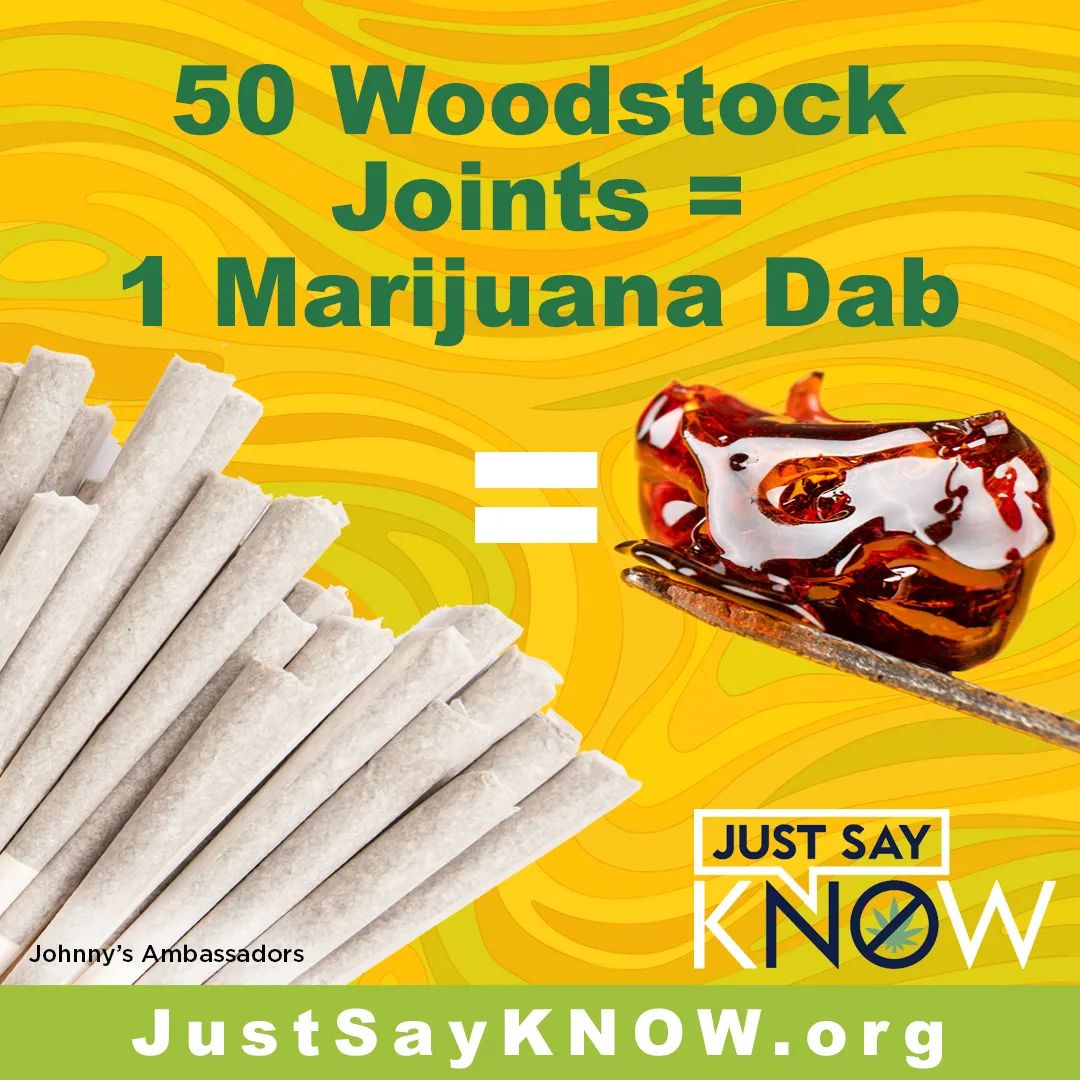

Johnny’s Ambassadors: A Resource on Marijuana for Parents and Students
April 18, 2023
by Kelly McCandless
With the trend to legalize recreational marijuana use among some states, including Montana, substantial issues are at play for schools working to combat substance use and educate students. While smoking cigarettes and drinking alcohol have actually begun to trend down (National Institute on Drug Abuse), vaping and marijuana use are on the rise.
Users of vapes and marijuana are often under the impression that they’re not as bad for your health as alternatives like smoking cigarettes or doing illicit drugs. Further, many have the assumption that marijuana is “natural” and thus it can’t hurt you. These beliefs combined with incredibly easy access are causing major issues in our schools.
Vapes are being confiscated across the board – even in our elementary schools. With products that taste and smell like candy, the illicit use can seem like an easy trade for the experience the user gets – side effects or not. Add to this fact that reports of deadly amounts of fentanyl are being secretly laced into products marketed to kids and the results can be incredibly dangerous.
Administrators are hugely concerned about the health effects to students. Last year School District 2 brought Johnny’s Ambassador’s aboard to offer two Facebook Lives for parents and community members to learn about marijuana use. The information contained is staggering. While marijuana may be legal, the variety available and the impact on developing brains are cause for concern.
Johnny’s Ambassadors offers a wide range of resources on their website, but here are a few takeaways to consider sharing with your loved ones:
- Until the '90s, marijuana averaged between 2-5% THC. Today, due to cultivation for higher and higher levels of THC and lower amounts of CBD, it’s nearly impossible to find marijuana flower in a dispensary lower than 10%, and many near 30%. THC is considered high potency for anything over 15%. Concentrates weren’t commercialized until after 2010 and range from 60% to 99% potency.
- The number of marijuana products available today is staggering! They include flower, concentrates, edibles such as candy, drinks, and bakery goods; vape oils and distillates, tinctures (flavoring people put on or in food), tampons, suppositories, inhalants, drinks, and more.
- Flower refers to the plant (“weed” or “grass”). In concentrates, all THC is stripped out through solvents and laboratory processes, so the plant matter is discarded. Concentrates are chemicals, not plants and they do not exist this way in nature.
The bottom line is this: children will have access to marijuana and many other substances, perhaps earlier than anticipated. Open lines of communication, doing our own research as parents or caregivers, and learning about the potential impact of our decisions can help kids feel empowered and safe. Explore more resources available to learn from at https://johnnysambassadors.org/.
Never miss an issue, check out SLM's digital editions here!





